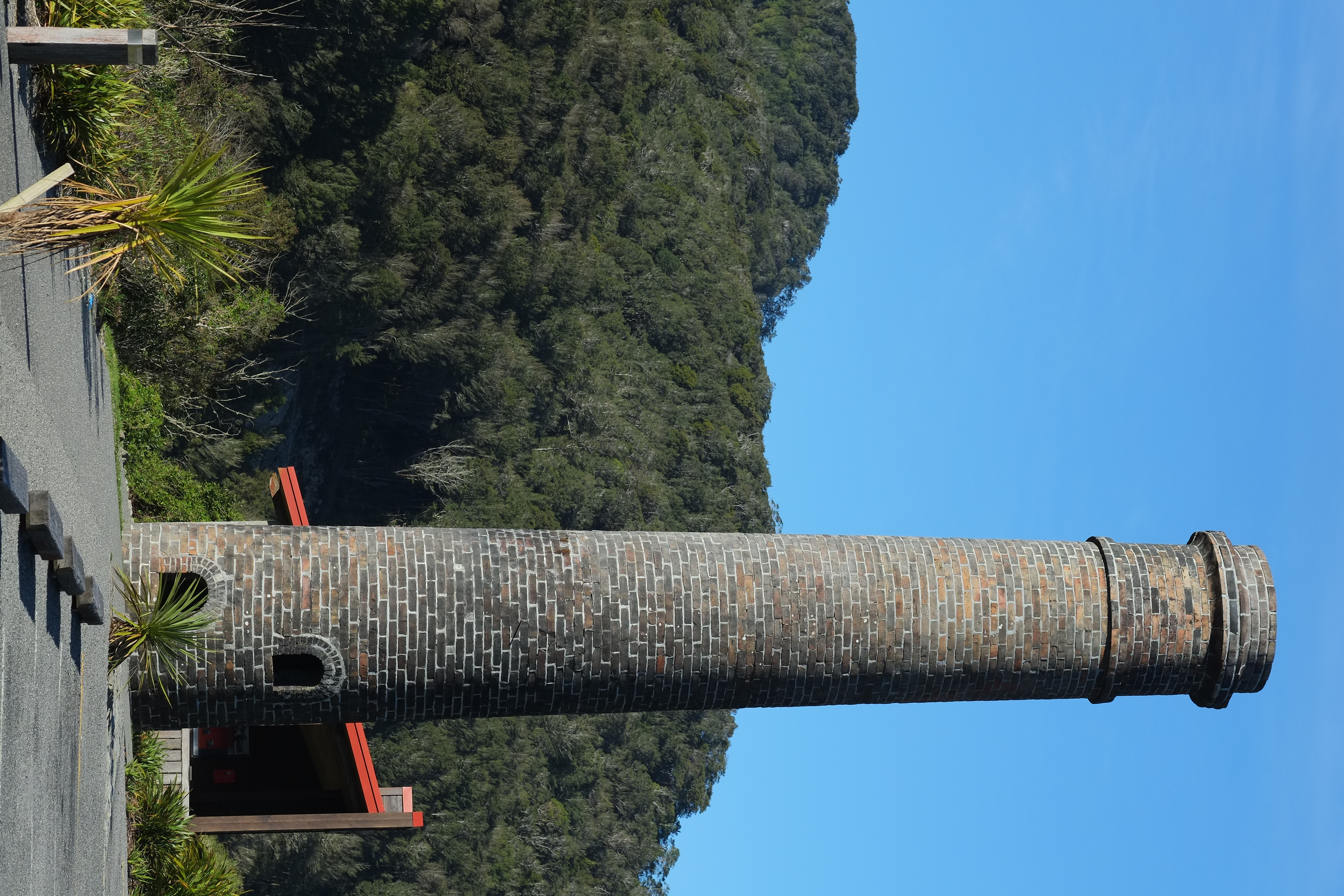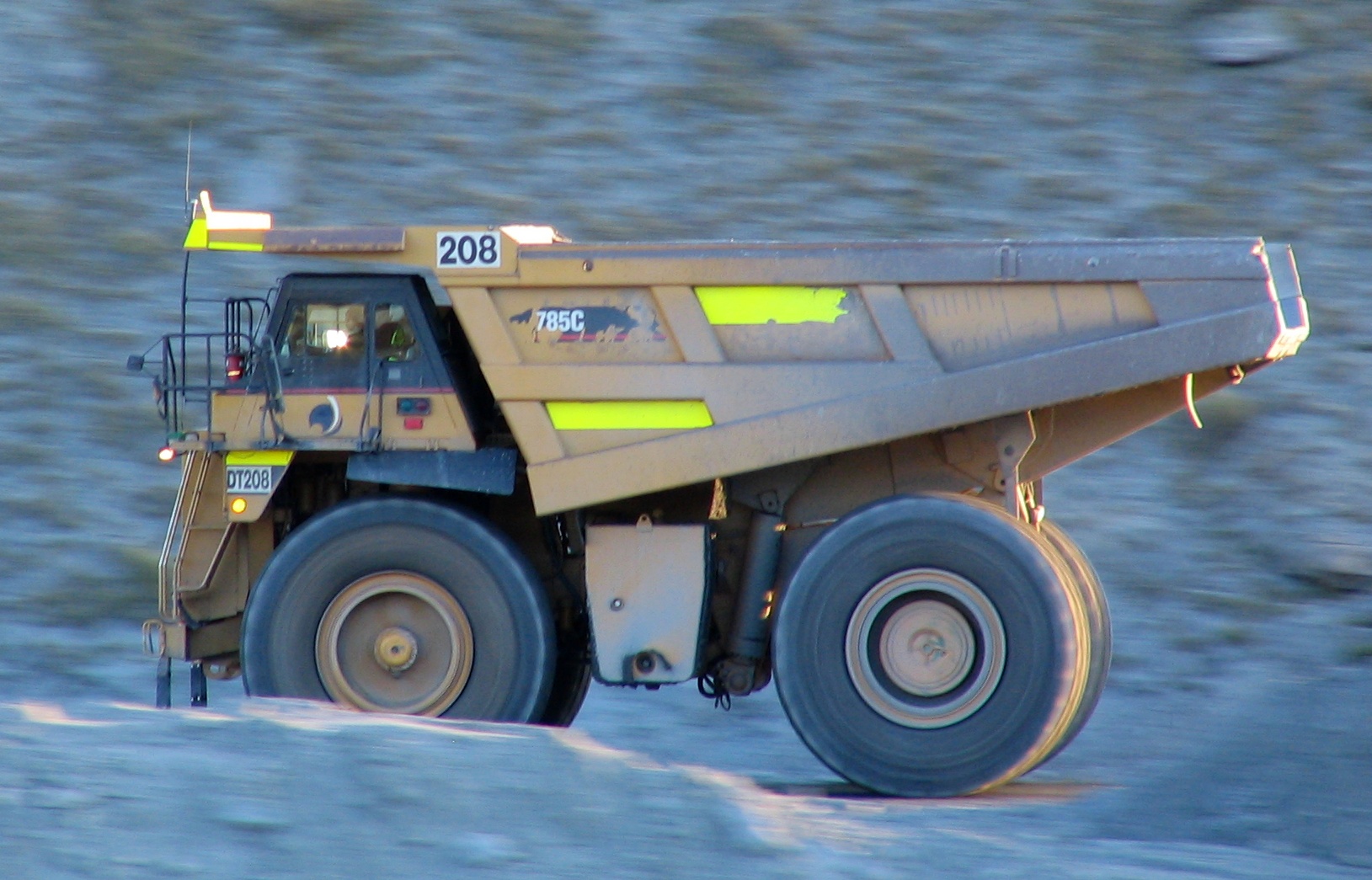|
Tyneside Mine
The Tyneside Mine was a coal mine on the West Coast of the South Island in New Zealand. The Tyneside Mine was one of several mines situated on the banks of the Grey River, at an area known as "Coal Gorge" between the townships of Stillwater and Taylorville. The Brunner suspension bridge, originally built in 1876, connects the site of the Tyneside Mine on the southern bank of the Grey River with the Brunner Mine on the northern bank. The area is now a historic attraction and memorial, accessible from a car park adjacent to the Tyneside Mine chimney, next to State Highway 7. See also *Mining in New Zealand Mining in New Zealand began when the Māori quarried rock such as argillite in times prior to European colonisation. Mining by Europeans began in the latter half of the 19th century. New Zealand has abundant resources of coal, silver, iron ore, li ... References External linksDepartment of Conservation- Tyneside Mine Coal mines in New Zealand Underground mines in New ... [...More Info...] [...Related Items...] OR: [Wikipedia] [Google] [Baidu] |
Tyneside Mine Chimney At Brunner Mine
Tyneside is a built-up area across the banks of the River Tyne in northern England. Residents of the area are commonly referred to as Geordies. The whole area is surrounded by the North East Green Belt. The population of Tyneside as published in the 2011 census was 774,891, making it the eighth most-populous urban area in the United Kingdom. In 2013, the estimated population was 832,469. Politically, the area is mainly covered by the metropolitan boroughs of Newcastle-upon-Tyne, Gateshead, North Tyneside and South Tyneside. The boroughs on the Tyne are joint with Wearside which is in both the counties of Durham (Chester-le-Street) and Tyne and Wear. Settlements The ONS 2011 census had 774,891 census respondents inside the "Tyneside Built-up Area" or "Tyneside Urban Area". These figures are a decline from 879,996; this loss was mainly due to the ONS reclassifying Hetton-le-Hole, Houghton-le-Spring, Chester-le-Street and Washington in the Wearside Built-up Area instead of Tyne ... [...More Info...] [...Related Items...] OR: [Wikipedia] [Google] [Baidu] |
West Coast, New Zealand
The West Coast ( mi, Te Tai Poutini, lit=The Coast of Poutini, the Taniwha) is a regions of New Zealand, region of New Zealand on the west coast of the South Island that is administered by the West Coast Regional Council, and is known co-officially as Te Tai Poutini. It comprises the Territorial authorities of New Zealand, territorial authorities of Buller District, Grey District and Westland District. The principal towns are Westport, New Zealand, Westport, Greymouth and Hokitika. The region, one of the more remote areas of the country, is also the most sparsely populated. With a population of just 32,000 people, Te Tai Poutini is the least populous region in New Zealand, and it is the only region where the population is declining. The region has a rich and important history. The land itself is ancient, stretching back to the Carboniferous period; this is evident by the amount of carboniferous materials naturally found there, especially coal. First settled by Ngāi Tahu, Kāi T ... [...More Info...] [...Related Items...] OR: [Wikipedia] [Google] [Baidu] |
New Zealand
New Zealand ( mi, Aotearoa ) is an island country in the southwestern Pacific Ocean. It consists of two main landmasses—the North Island () and the South Island ()—and over 700 smaller islands. It is the sixth-largest island country by area, covering . New Zealand is about east of Australia across the Tasman Sea and south of the islands of New Caledonia, Fiji, and Tonga. The country's varied topography and sharp mountain peaks, including the Southern Alps, owe much to tectonic uplift and volcanic eruptions. New Zealand's capital city is Wellington, and its most populous city is Auckland. The islands of New Zealand were the last large habitable land to be settled by humans. Between about 1280 and 1350, Polynesians began to settle in the islands and then developed a distinctive Māori culture. In 1642, the Dutch explorer Abel Tasman became the first European to sight and record New Zealand. In 1840, representatives of the United Kingdom and Māori chiefs ... [...More Info...] [...Related Items...] OR: [Wikipedia] [Google] [Baidu] |
Grey River (New Zealand)
The Grey River / Māwheranui is located in the northwest of the South Island of New Zealand. It rises 12 kilometres southwest of the Lewis Pass in Lake Christabel, one of numerous small lakes on the western side of the Southern Alps, and runs westward for 120 kilometres before draining into the Tasman Sea at Greymouth. Thomas Brunner, who explored the area in the late 1840s, named the river in honour of Sir George Grey, who first served as Governor of New Zealand from 1845 to 1854. The Ngāi Tahu Claims Settlement Act 1998 changed the official name of the river to Grey River / Māwheranui in 1998. The Māori name for the river system and surrounding area is ''Māwhera'', with ''Māwheranui'' being distinguished from the northern branch Little Grey River / Māwheraiti. The New Zealand Ministry for Culture and Heritage gives a translation of "broad and widespread (river mouth)" for ''Māwheranui''. Numerous small rivers are tributaries of the Grey, and several of them also drain ... [...More Info...] [...Related Items...] OR: [Wikipedia] [Google] [Baidu] |
Brunner Mine
The Brunner Mine was a coal mine on the West Coast of the South Island in New Zealand. The Brunner Mine was one of several mines situated on the banks of the Grey River, at an area known as "Coal Gorge" between the townships of Stillwater and Taylorville. The town of Brunner (formerly Brunnerton) is nearby. Coal was discovered on the West Coast by Nelson surveyor Thomas Brunner "during the most arduous of his journeys in search of more agricultural land". The coal was of extremely high quality and it did not take long before it attracted interest. And, of course, "The West Coast had the added attraction of gold mining and it seems that the employment opportunity offered by coal mining was in the difficult economic times not one to be turned down". Brunner Mine disaster In March 1896 an explosion deep in the mine killed all 65 miners inside, and was labelled the worst mining disaster in New Zealand’s history. It seemed most likely that the explosion was caused by firedamp, a ... [...More Info...] [...Related Items...] OR: [Wikipedia] [Google] [Baidu] |
New Zealand State Highway 7
State Highway 7 is a major New Zealand state highway. One of the eight national highways, it crosses the Southern Alps to link the West Coast Region with Canterbury and to form a link between the South Island's two longest highways, State Highway 1 and . Distances are measured from east to west with the major junction list going from east to west. For most of its length SH 7 is a two-lane single carriageway, with at-grade intersections and property accesses, both in rural and urban areas. There are a number of passing lanes at irregular intervals through the rural sections. The New Zealand Transport Agency classifies SH 7 as a primary collector highway, preferring SH 73 via Arthur's Pass as the strategic highway between Canterbury and the West Coast. Route The highway leaves SH 1 at Waipara, some 60 kilometres north of Christchurch, and initially heads north, crossing several rivers and skirting the Balmoral State Forest. After crossing the Hurunui River there is a 13.7 ... [...More Info...] [...Related Items...] OR: [Wikipedia] [Google] [Baidu] |
Mining In New Zealand
Mining in New Zealand began when the Māori quarried rock such as argillite in times prior to European colonisation. Mining by Europeans began in the latter half of the 19th century. New Zealand has abundant resources of coal, silver, iron ore, limestone and gold. It ranked 22 in the world in terms of iron ore production and 29th in gold production. The total value of mineral production in New Zealand was $1.5 billion in 2006 (excluding oil and gas). The most important metallic minerals produced are gold (10.62 tonnes), silver (27.2 tonnes) and titanomagnetite ironsand (2.15 million tonnes). A 2008 report estimated that the unexploited resources of just seven core minerals (including gold, copper, iron and molybdenum) totalled around $140 billion in worth. The mining sector makes a significant contribution to the New Zealand economy. In 2004 the value of production from mining (excluding oil and gas) was $1,142 million, or just under 1% of gross domestic product. In 2017 mining co ... [...More Info...] [...Related Items...] OR: [Wikipedia] [Google] [Baidu] |
Coal Mines In New Zealand
Coal is a combustible black or brownish-black sedimentary rock, formed as rock strata called coal seams. Coal is mostly carbon with variable amounts of other elements, chiefly hydrogen, sulfur, oxygen, and nitrogen. Coal is formed when dead plant matter decays into peat and is converted into coal by the heat and pressure of deep burial over millions of years. Vast deposits of coal originate in former wetlands called coal forests that covered much of the Earth's tropical land areas during the late Carboniferous ( Pennsylvanian) and Permian times. Many significant coal deposits are younger than this and originate from the Mesozoic and Cenozoic eras. Coal is used primarily as a fuel. While coal has been known and used for thousands of years, its usage was limited until the Industrial Revolution. With the invention of the steam engine, coal consumption increased. In 2020, coal supplied about a quarter of the world's primary energy and over a third of its electricity. Some iron a ... [...More Info...] [...Related Items...] OR: [Wikipedia] [Google] [Baidu] |
Underground Mines In New Zealand
Underground most commonly refers to: * Subterranea (geography), the regions beneath the surface of the Earth Underground may also refer to: Places * The Underground (Boston), a music club in the Allston neighborhood of Boston * The Underground (Stoke concert venue), a club/music venue based in Hanley, Stoke-on-Trent * Underground Atlanta, a shopping and entertainment district in the Five Points neighborhood of downtown Atlanta, Georgia * Buenos Aires Underground, a rapid transit system * London Underground, a rapid transit system Arts, entertainment, and media Films * ''Underground'' (1928 film), a drama by Anthony Asquith * ''Underground'' (1941 film), a war drama by Vincent Sherman * ''Underground'' (1970 film), a war drama starring Robert Goulet * ''Underground'' (1976 film), a documentary about the radical organization the Weathermen * ''Underground'' (1989 film), a film featuring Melora Walters * ''Underground'' (1995 film), a film by Emir Kusturica * ''The Underground'' ... [...More Info...] [...Related Items...] OR: [Wikipedia] [Google] [Baidu] |




